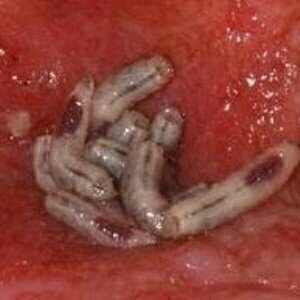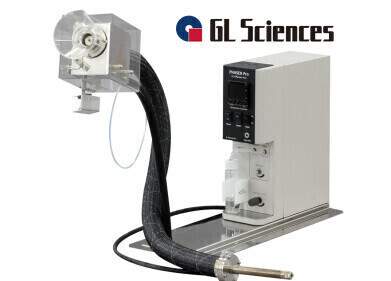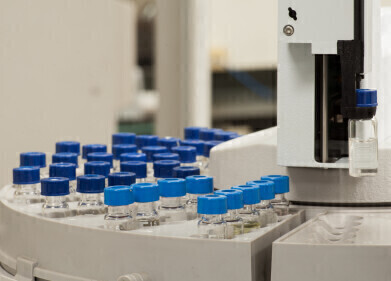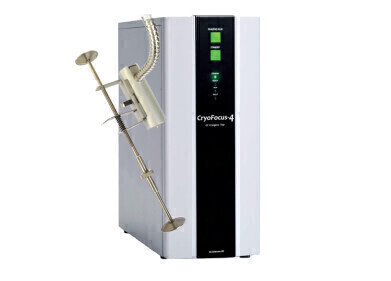GC, MDGC
GC-MS helps prove healing qualities of maggots
Mar 10 2010
According to an extract from Lipids in Health and Disease, fatty acids are known to be "effective components to promote wound healing" and they were extracted from dry larvae to investigate their remedial powers.
"Component analysis of the fatty acid extracts by GC-MS showed there were ten kinds of fatty acids in total," the publication stated, adding that the technology allowed scientists to calculate ratios.
GC-MS is a method that blends features of gas-liquid chromatography and mass spectrometry to separate different substances within test samples.
The results showed that four-fifths of the samples from dried Lucilia sericata larvae were unsaturated fatty acids, with testing revealing that the curative potential of these lipids was higher than those of a Vaseline control group after three, seven and ten days.
Digital Edition
Chromatography Today - Buyers' Guide 2022
October 2023
In This Edition Modern & Practical Applications - Accelerating ADC Development with Mass Spectrometry - Implementing High-Resolution Ion Mobility into Peptide Mapping Workflows Chromatogr...
View all digital editions
Events
May 21 2024 Lagos, Nigeria
May 23 2024 Beijing, China
May 28 2024 Tel Aviv, Israel
May 28 2024 Leuven, Belgium
May 28 2024 Philadelphia, PA, USA














